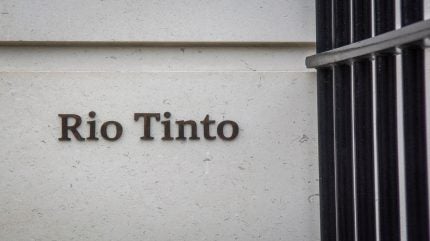Sign up for daily news updates from CleanTechnica on email. Or follow us on Google News!
Today, the U.S. Department of Energy (DOE) announced up to $65 million for Connected Communities 2.0, a funding opportunity announcement (FOA) to drive innovation to manage growing building, transportation, and industrial electric loads on the grid. This FOA seeks to validate grid-edge technology innovations in real-world situations and provide new tools for utilities, grid planners and operators, automakers and smart charge management service providers, and the communities they serve. This FOA accelerates progress toward the Biden–Harris Administration’s goal of a clean energy economy for all Americans by optimizing systems with grid-connected buildings and electric vehicles (EVs) powered by clean, distributed energy generation and demonstrating these advanced technologies are reliable, efficient, secure, and ready for wide-scale adoption.
This FOA has two major topical areas:
- Connected Communities, focused on grid edge technical measures in buildings, industry, and transportation to prepare the electric grid for these new loads, and improve the customer benefits and grid resilience.
- Smart Charge Management, focused on various unique urban, suburban, and rural use cases to build confidence in it as an effective approach for electric vehicles to provide flexibility and value to the electric grid.
Connected Communities 2.0 builds on successes and lessons learned from the first cohort of Connected Communities, launched in 2020, and DOE’s original smart neighborhoods in Georgia and Alabama. The first Connected Communities projects focused on integration of distributed energy resources to support a more variable grid. The 2.0 version aims to foster development of new technologies to ensure that the grid is flexible, resilient, and sized correctly to accommodate increasing loads from vehicle charging, data centers, and building and industrial electrification. Examples include managed EV charging, low-power appliances, smart panels, energy storage, energy efficiency, and rooftop solar, as well as innovative distribution and grid planning strategies.
“It is vital that we plan for a power system that is secure, efficient, and flexible using grid edge technologies,” said Jeff Marootian, Principal Deputy Assistant Secretary for Energy Efficiency and Renewable Energy. “Connected Communities 2.0 will supercharge these efforts by forging innovations that can be replicated in communities across America while ensuring affordability, equity, and resilience.”
The Connected Communities 2.0 FOA supports progress towards a decarbonized, equitable, and affordable electric power system. The FOA has three main goals:
- Demonstrate how smart and coordinated management of EVs and other distributed energy resources can together provide grid support, reduce system costs, and encourage customer adoption.
- Demonstrate approaches to smart change management, grid-edge technical measures, and innovative planning strategies as valid methods towards right sizing investments in the distribution system.
- Demonstrate approaches towards improved resilience for communities, end-use customers, and the overall grid.
To those ends, this FOA targets four areas for research, development, and demonstration:
- Field validation of grid-edge technical measures that reduce the necessary level of investment into distribution infrastructure.
- Field validation of smart charge management for EVs that can be deployed at large scale.
- Demonstration of increased customer benefits and grid resilience using grid edge technical measures, both in front of and behind the meter.
- Data collection to assess system readiness for new loads.
This FOA incorporates many of the early lessons learned from the previous Connected Communities cohort by soliciting projects to create scalable solutions for grid planners and communities to achieve decarbonization and electrification goals. Achieving these goals require minimizing impacts to the distribution grid, mitigating infrastructure upgrade needs, improving customer experiences, and strengthening efficiency and community resilience. The FOA priorities align with the Biden-Harris administration’s Justice40 Initiative goals to ensure that at least 40% of federal investments flow to disadvantaged communities, recognizing that these communities often have access to the least robust energy infrastructure.
Integration is essential to Connected Communities, and DOE’s Office of Energy Efficiency and Renewable Energy (EERE) and Office of Electricity are collaborating to support integrated energy system planning with a network of technology offices and industry partners. The Connected Communities 2.0 FOA is issued by EERE’s Building Technologies Office and Vehicle Technologies Office in collaboration with the Solar Energy Technologies Office, Industrial Efficiency and Decarbonization Office, and Geothermal Technologies Office.
This FOA is part of EERE’s efforts to issue over $100 million for field demonstrations and other research to support better planning and operation of the electric grid.
Required concept papers are due Aug. 20, 2024, at 5 p.m. E.T, and full applications are due Oct. 10, 2024, at 5 p.m. E.T.
To learn more, visit the FOA landing page and join an informational webinar on July 29, 2024.
Courtesy of U.S. Department of Energy
Have a tip for CleanTechnica? Want to advertise? Want to suggest a guest for our CleanTech Talk podcast? Contact us here.
Latest CleanTechnica.TV Videos
CleanTechnica uses affiliate links. See our policy here.
CleanTechnica’s Comment Policy





